Azerbaijan reveals details of electronic warfare of Karabakh separatists A hunt for civil aviation / VIDEO
The State Security Service of Azerbaijan announced on October 19 the launch of an investigation into criminal cases of extensive deployment of radioelectronic warfare by the disarmed Armenian army formations in the country’s Karabakh (Garabagh) region.
According to the Service, in 2021-2023, civilian flights operated by Azerbaijan Airlines and foreign air carriers faced serious navigation problems over Karabakh and surrounding areas due to the intensive application of radio interference systems by the illegal army formations of the Armenian Armed Forces.
The systems increasingly interrupted the reception of signals from global navigation satellite systems to radar stations located near those areas causing the loss of navigation signals and control on civilian aircraft and thereby creating significant risks of aviation accidents.
The State Security Service reports that the illegal Armenian army detachments in Karabakh deployed sophisticated “Pоle-21M” and "Repellent-1" radioelectronic warfare systems, as well as other types of self-installed radioelectronic combat devices mounted on military trucks.
🔴 Azerbaycan güçleri, Ermenistan destekli dağılmış Sözde Dağlık Karabağ güçlerinden 1 adet Rus yapımı Repellent-1 Elektronik Harp sistemi ve 1 adet Pole-21M karıştırma sistemini ele geçirdi. pic.twitter.com/idP2BY9gqA
— Conflict (@ConflictTR) October 19, 2023
“According to its tactical and technical indicators, the "Pole-21M" system is used to limit the incoming signals from "GPS", "GLONASS", "Galileo", "BeiDou", and other types of satellite navigation systems and to impose radio barriers to signal transmission to objects located at a distance of up to 150 kilometres,” the Service said in a statement on October 19.
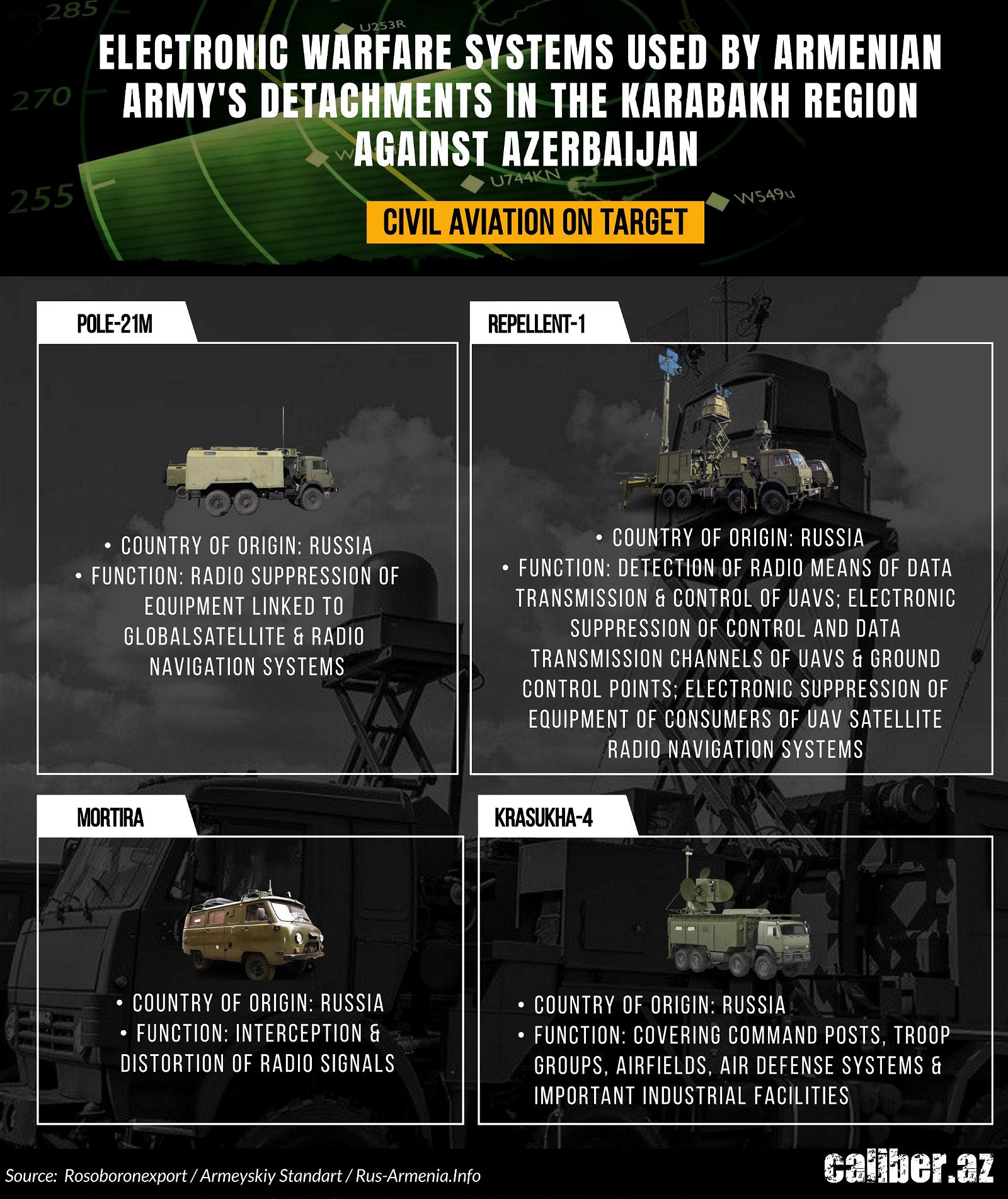
Meanwhile, the "Repellent-1" complex was exposed to locate and follow signals from control and data transmission channels of the airborne objects at a distance of up to 35 kilometres for incapacitating the operation of the control and navigation systems.
The self-installed radioelectronic warfare devices supported the "Pole-21M" and "Repellent-1" systems in distorting incoming signals from "GPS" and "GLONASS" navigation satellites in order to create obstacles to the adoption of radio signals.
"Pole-21M"
"Pole-21M", developed by Russian "Scientific and Technical Center for Electronic Warfare" Company, is designed to protect strategically important objects from cruise missiles, guided bombs, and UAVs by radio suppression of equipment linked to global satellite and radio navigation systems.According to military analysts, the system is able to place “up to a hundred radio interference posts” in the cover zone.Also, the electronic warfare system is well adapted to different climatic conditions and can operate in the temperature range from -40 ℃ to +50 ℃.
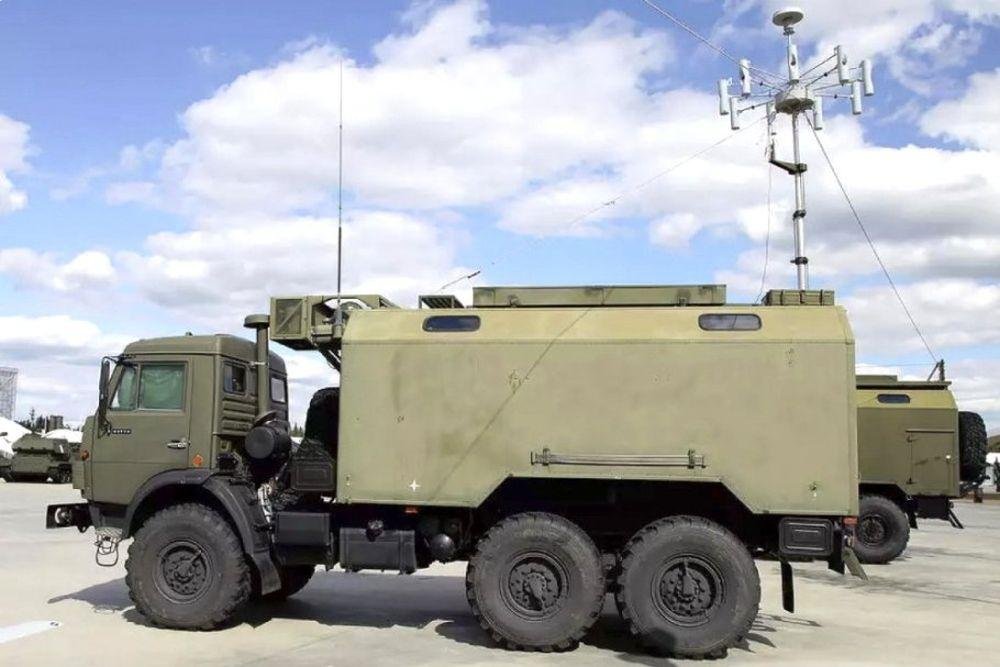
"Pole-21M"
The first news about the supplies of military equipment by Russia to Armenia and Karabakh have surfaced throughout the 44-day war. At that time, several influential Internet resources tracking military aviation flights mentioned constant flights of “Il-76” transport aircraft from the Russian Mineralnye Vody city to Armenia. The aircraft reportedly belonged to the Armenian side.
On November 19, the former head of the General Staff of the Armenian Armed Forces, Movses Hakobyan, officially announced at a press conference that Russia transferred the “Pole-21” radioelectronic warfare systems to Armenia. According to Hakobyan, after the complex began operating, the Azerbaijani military faced problems in using its UAVs in the first days of the 44-day war of 2020.
"Repellent-1"
“Repellent-1” radioelectronic warfare is used against small-sized reconnaissance unmanned aerial vehicles and their ground control points. In Karabakh, the complex reportedly carried out panoramic monitoring of radio signals around the clock. The complex's electronic reconnaissance station detected miniature air targets using their control signals day and night, in any weather conditions, at a distance of at least 30 kilometres. When a target was detected, two types of interference were generated: sliding barrage and targeting.
“Repellent-1” provides detection and direction finding of radio means of data transmission and control of UAVs; assistance based on UAV signal parameters; statistical processing of signal parameters with the formation of classification characteristics, maintaining databases based on the results of electronic intelligence and classification of signals; electronic suppression of control and data transmission channels of UAVs and ground control points; electronic suppression of equipment of consumers of UAV satellite radio navigation systems, and automated equipment diagnostics. It has mobile and stationary versions.
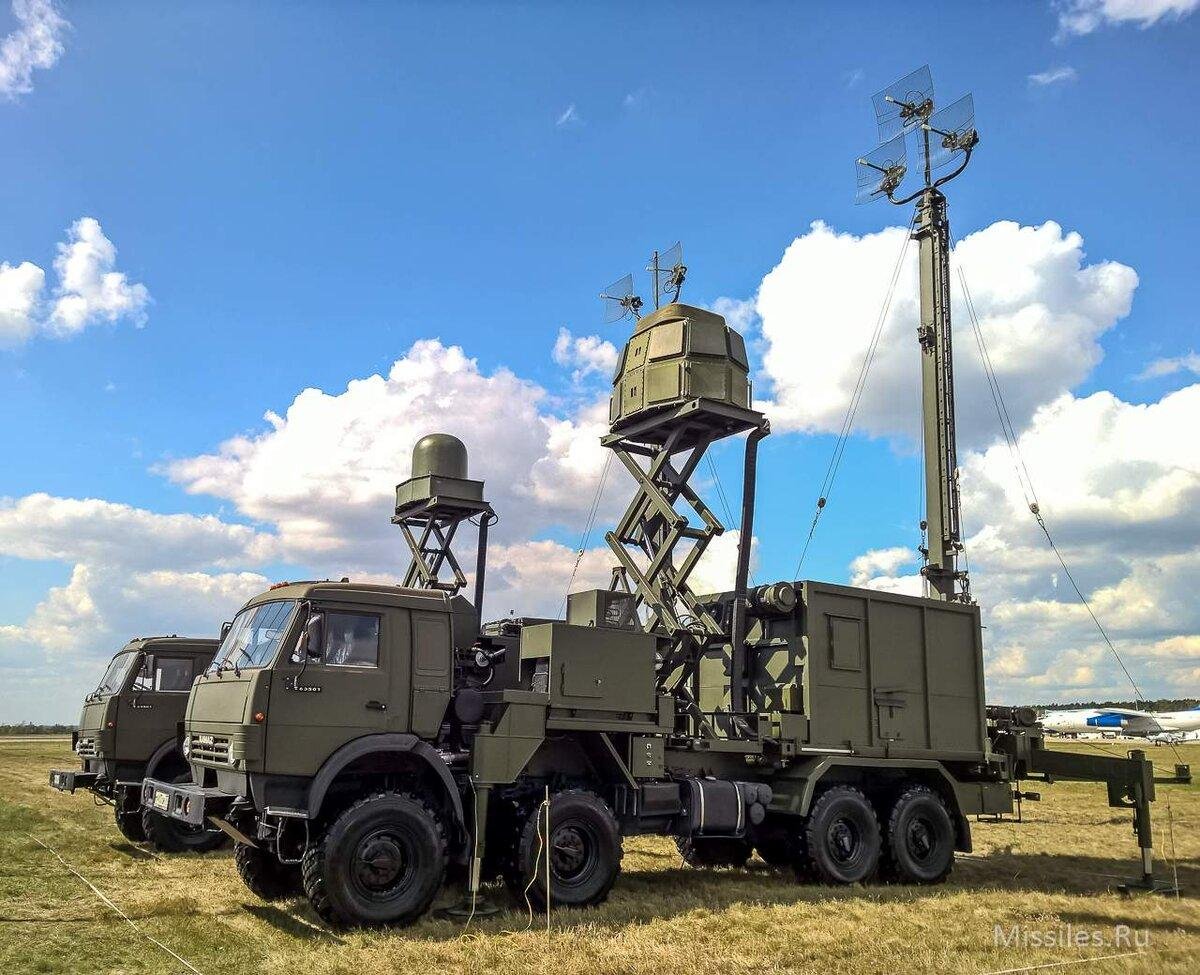
"Repellent-1"
The Armenian side reported the destruction of “Repellent-1” systems by the Azerbaijan Armed Forces during the 44-day war in 2020 and during post-war escalations in 2021. Footage published by Baku showed a burnt-out military installation of the Armenian forces. Experts suggested that it could be the Russian electronic warfare system “Repellent”.
Moreover, according to some media reports, "Pole-21M" and "Repellent-1" systems are demonstrated at Baku’s Military Trophies Park – an open-air exhibition of the Armenian military equipment destroyed and captured in the 44-day war of 2020.
As per the above facts, despite its military designation, the Armenian army formations remained in Karabakh after the war in 2020 continued to use the radioelectronic warfare systems to cripple civil aviation through the airspace of Azerbaijan.
Not only "Pole-21M" & "Repellent-1"
During the anti-terror operation in Karabakh on September 19-20, the Azerbaijan Defence Ministry reported the destruction of a Russia-made “Mortira” electronic warfare system of the Armenian military in the city of Khankendi.
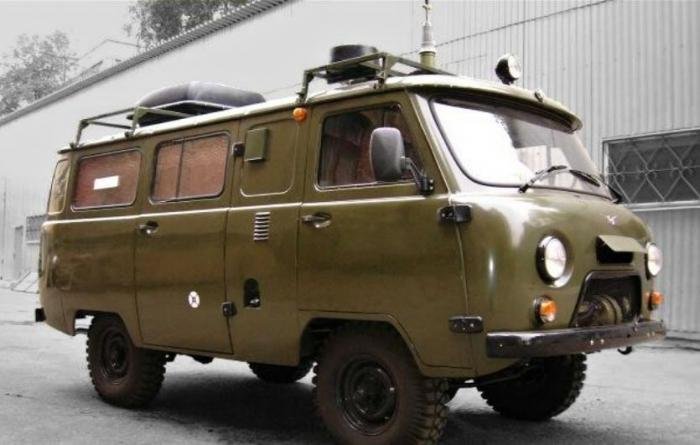
"Mortira"
Moreover, Asia Times reported about the presence of another made-in-Russia jamming system, namely “Krasukha-S4” or “Belladonna” in the Armenian military’s arsenal. The “Krasukha” is a broadband multifunctional electronic combat station manufactured by KRET (“Concern Radio Electronic Technologies”), part of the Rostec Group.
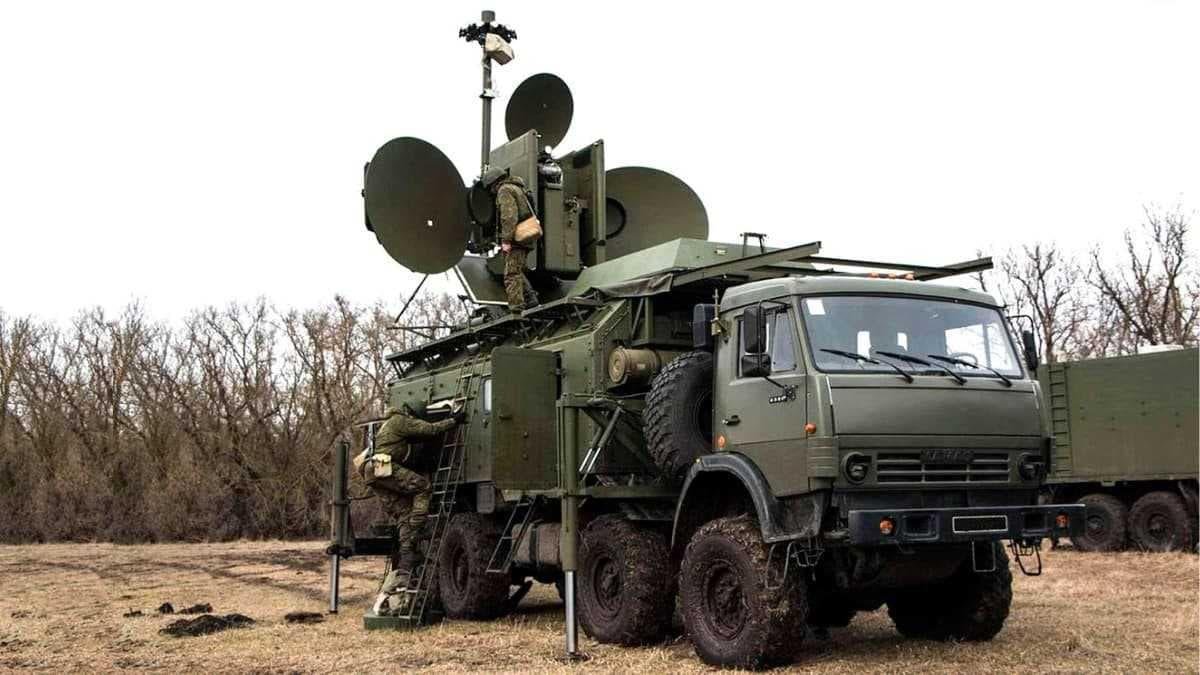
"Krasukha-S4"
"Krasukha-S4" is designed to cover command posts, troop groups, airfields, air defense systems, and important industrial facilities. The complex is capable of jamming signals from radar stations and radio control channels of UAVs. Under the influence of “Krasukha-4” radiation, aircraft lose navigation and communication to fly at higher altitude, thereby become targets for air defense strike.








